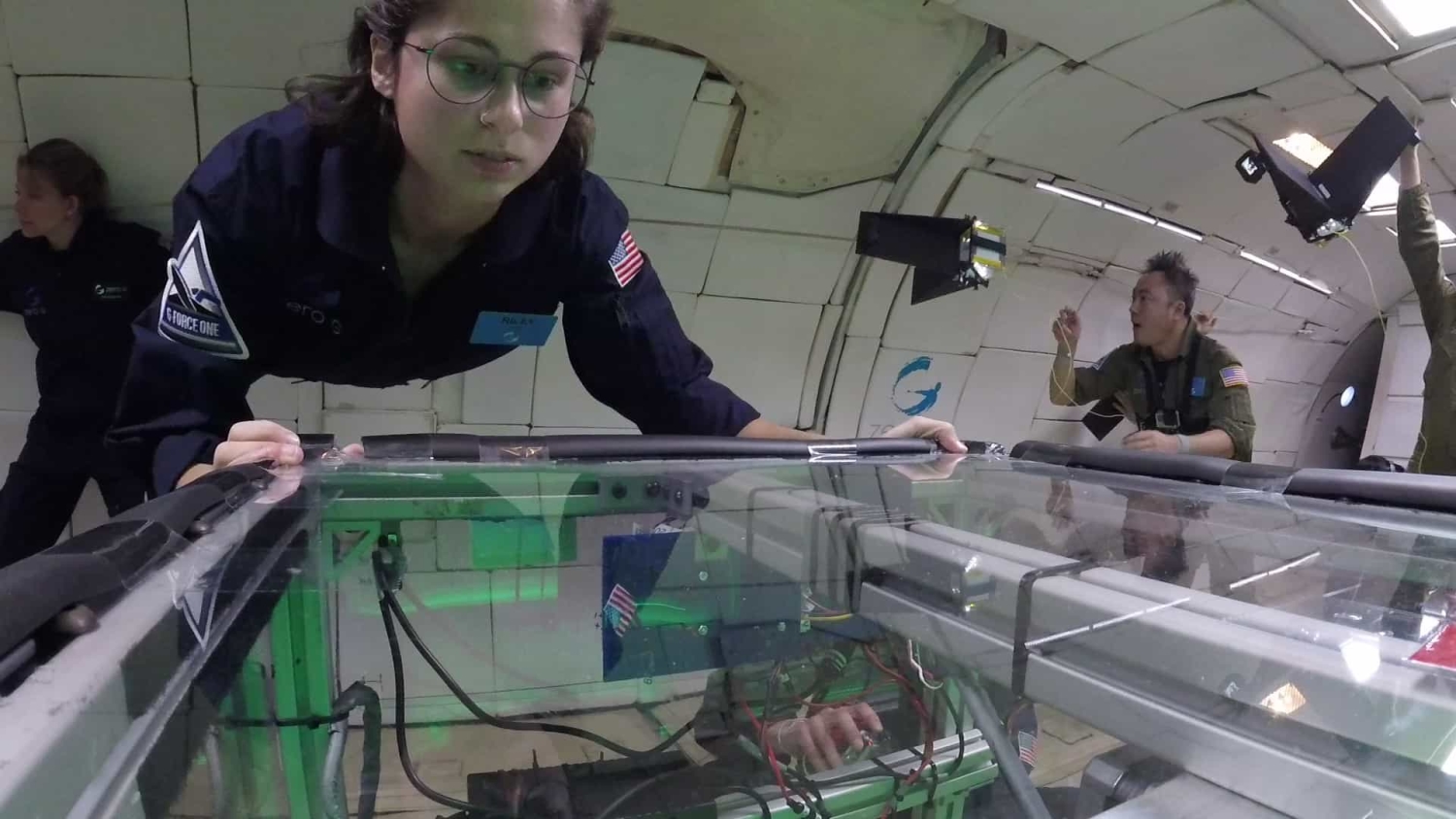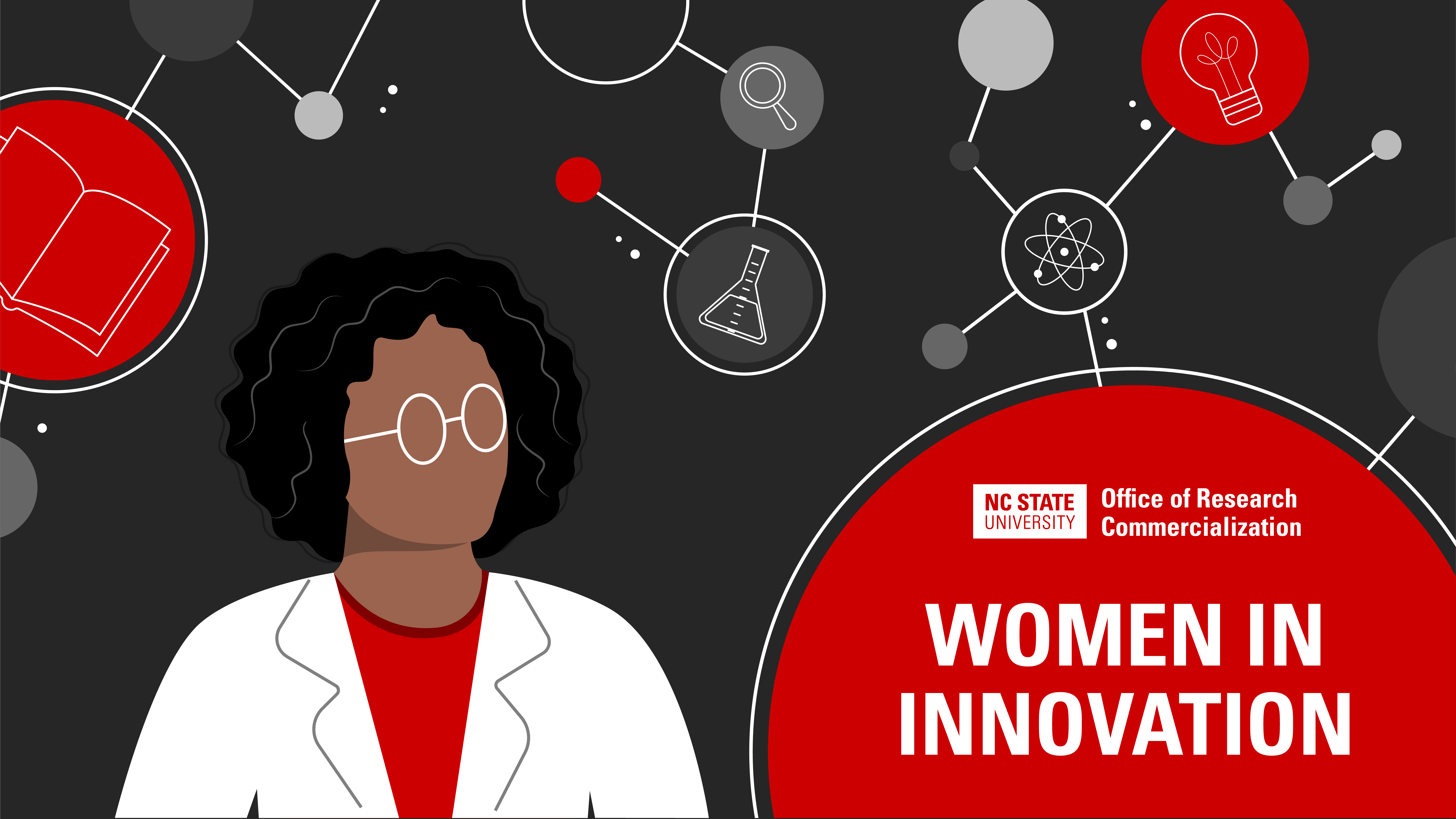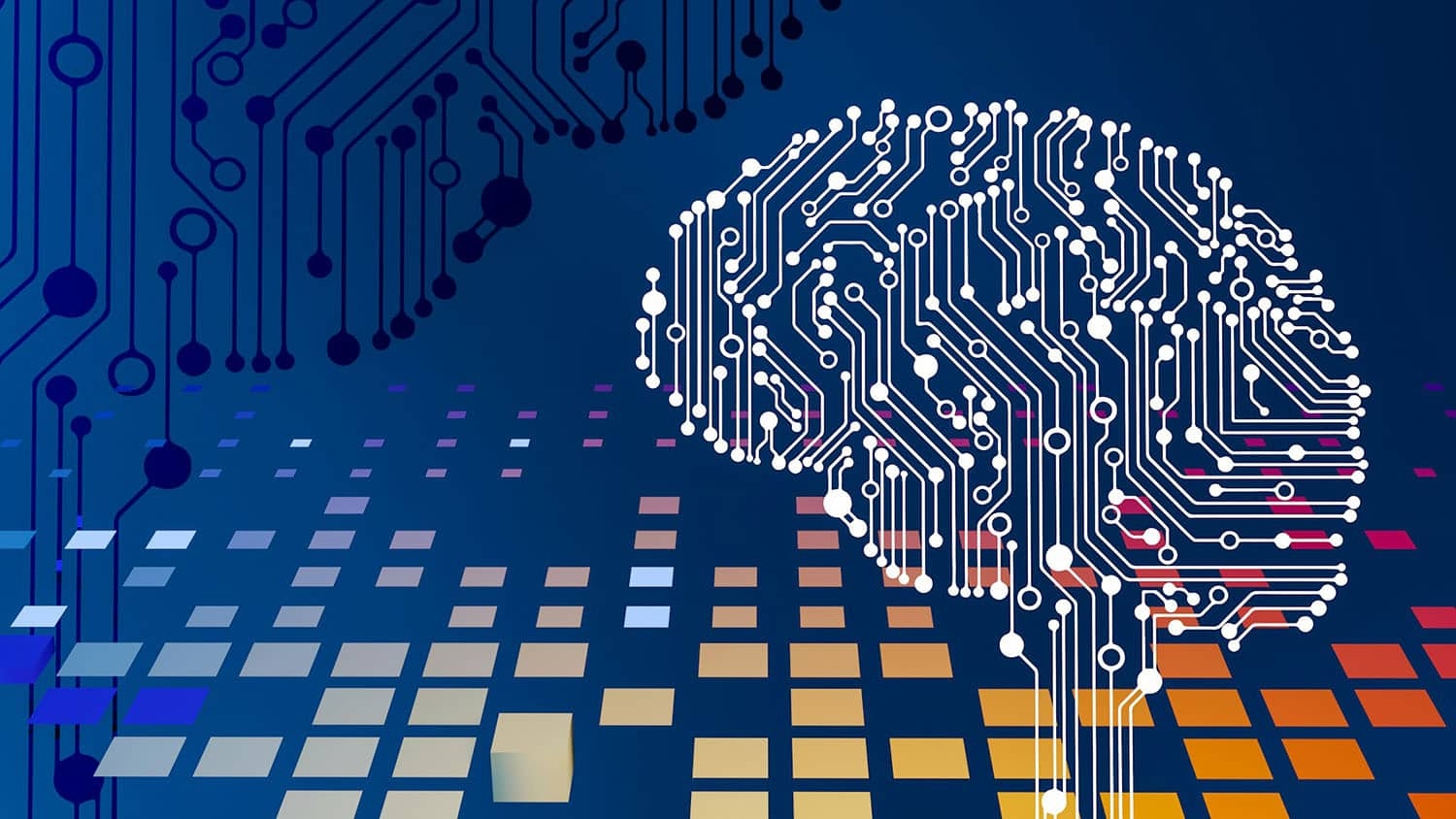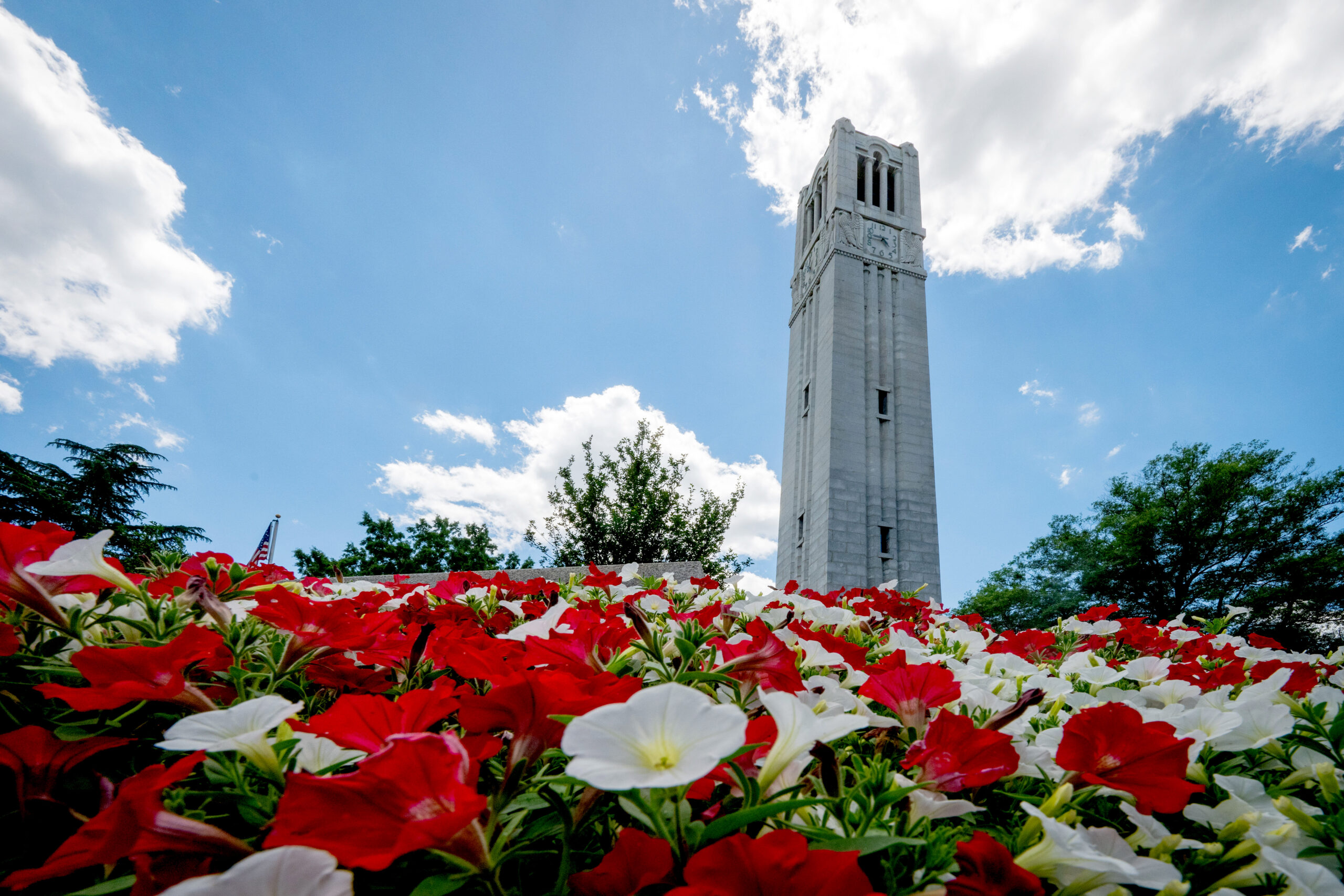A Zero-Gravity Laboratory

Most researchers do their work with two feet on solid ground — not floating in midair. But in November 2018, that’s where Professor Karen Daniels and her team of four physics and engineering undergraduates found themselves as they conducted an experiment aboard a unique research flight that simulated gravitational conditions in outer space.
Here’s what it’s like to escape the boundaries of gravity, in the words of Daniels and her team.
Karen Daniels (professor of physics): For several years, our lab has been imagining how human or robotic missions will explore asteroids. Since the surface of an asteroid — or even the entire asteroid — is composed of loosely packed granular materials, even a kid tossing a ball would be faster than the escape velocity! One of our ideas is that an asteroid mission might securely attach to the surface by gently sending down roots like a plant.
Karen Daniels: In the lab, we only ever have a chance to conduct experiments under Earth’s level of gravity. So we don’t have a way to test how important gravitational effects are to the behaviors we see. Parabolic flight experiments allow us to collect data while experiencing Martian gravity (two-thirds of Earth) or lunar gravity or even nearly zero. We received NASA funding for Project EMPANADA (Ejecta-Minimizing Protocols for Applications Needing Anchoring or Digging on Asteroids) to perform experiments on a series of parabolic research flights operated by the Zero-Gravity Corporation (ZERO-G) that took off in November 2018.
Robert Bullard (undergraduate researcher): We spent about one year preparing our experimental apparatus, ensuring everything would operate safely in a weightless environment. To prepare ourselves for the flights, we ate meals that were easy on the stomach — soft, bland foods like mashed potatoes, rice and bananas. We also practiced our in-flight roles several times on the ground because staying focused in zero gravity is quite difficult. Each period of zero gravity only lasts around 30 seconds, so timely execution is key.
Riley Reid (undergraduate researcher): Zero gravity was awesome. There was definitely a bit of sensory overload being in a plane full of shouting researchers and loud experiments and all of a sudden your feet are floating behind your head. I was also surprised by how strong I felt. It was so easy to move around or turn without gravity fighting you. When the flight ended and we were back to feeling normal Earth gravity, I noticed the extra effort I needed to move around, and I missed the zero-gravity strength.
Bullard: It’s the coolest feeling ever! At first you’re laying on the floor, feeling about twice as heavy as normal. Your limbs are hard to lift. Then you slowly feel lighter and lighter still until you begin to float off the floor. It’s pretty disorienting at first, but after a while I figured out effective ways to move around the plane. Having experienced zero gravity, I definitely want to do it again.
Daniels: One thing that surprised me, but shouldn’t have, was that I haven’t quite internalized Newton’s laws. If you accidentally push off the experiment harder than you meant to, there’s nothing you can do to change your momentum until you encounter another object. We were warned against “swimming” in midair, but it was tough not to react this way.
Tristan Emm (undergraduate researcher): It was quite different than pretty much anything else I have experienced on Earth. I’d like to compare it to swimming, but the lack of air density to cause directional change doesn’t lend well to this comparison. In essence, imagine being neutrally buoyant in a pool, but without the ability to change direction or velocity unless you are touching something.
Daniels: The majority of classes our physics majors take involve doing theoretical calculations on idealized situations, rather than practical experience solving real problems. Both aspects of physics are important to their education, and projects like this one are a way to provide real problems to work on. So it’s a win-win situation: both research and education happen simultaneously.
Daniels: We’ll be working this spring to analyze our data and see what new granular physics we have learned. As we improve our understanding of how these materials behave in circumstances that mimic other conditions present in our solar system, I hope we are able to contribute to advancing astronomical models of solar system formation. And human and robotic missions to solar system bodies will have to solve the real-world problem of how to dig or anchor there.
Reid: Being part of this research has given me valuable skills in engineering and communication that I’ve used in my classes and will continue to use in future research projects. On top of that, one of the most impactful parts of this experience was meeting other student researchers on the flight days. I came back to NC State feeling like I was part of a community of the next generation of space explorers.
Cover video: Courtesy of Tristan Emm.
This post was originally published in College of Sciences News.


